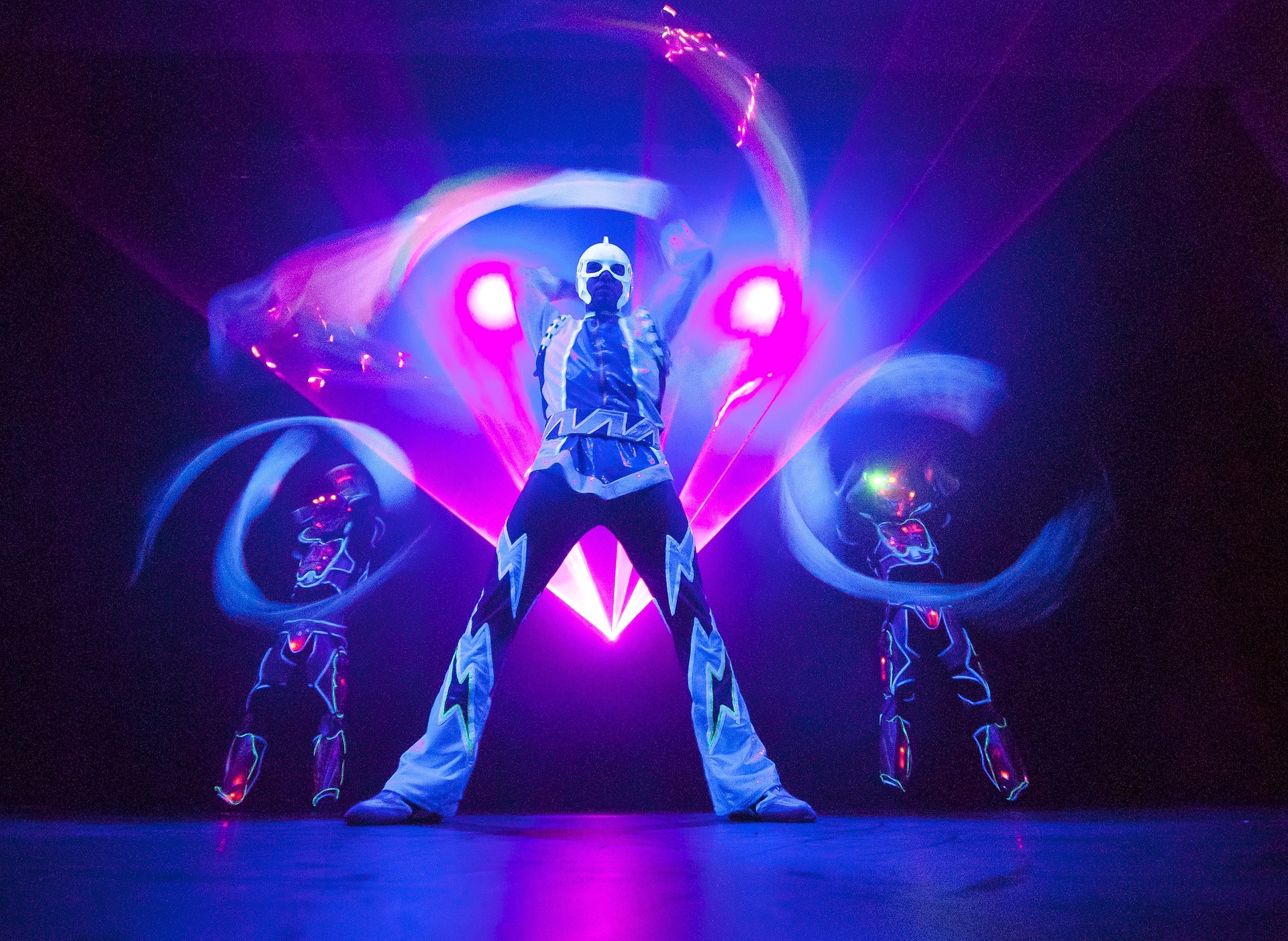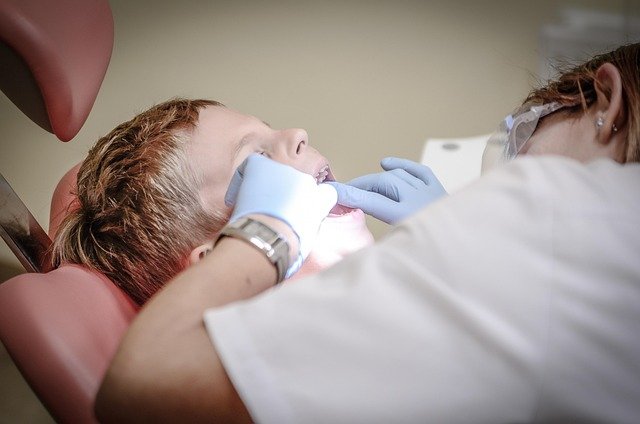"Digital Paintings: The Merge of Art and Technology"
In a world where technology continues to evolve, the arts have found a new avenue for expression. Digital painting, a rising form of artistry, uses digital tools to mimic traditional painting methods, bringing creativity into the 21st century. This article delves into the emergence of digital painting, its current status, and the impact it has on the art world.

Genesis of Digital Painting
The roots of digital painting can be traced back to the 1980s when the first painting software, Paintbrush (now known as MS Paint), was introduced by Microsoft. However, it wasn’t until the late 1990s, with the advent of more advanced software like Adobe Photoshop and Corel Painter, that digital painting started to gain recognition.
Artists began to explore the potential of these new tools, creating artwork that retained the aesthetic appeal of traditional painting but offered unparalleled flexibility and convenience. The digital medium also opened up new possibilities, allowing artists to experiment with techniques and styles that would be impossible or extremely difficult to achieve with traditional mediums.
The Modern State of Digital Painting
Fast forward to today, digital painting has grown into a fully-fledged artistic movement. Artists worldwide are harnessing the power of digital tools to create stunning works of art, pushing the boundaries of creativity. The rise of social media platforms like Instagram and DeviantArt has also played a pivotal role in promoting digital painting, allowing artists to showcase their work to a global audience.
Moreover, technology continues to evolve, providing artists with more sophisticated tools. Digital tablets and styluses have become more precise and intuitive, closely mimicking the feel of painting on canvas. Advanced software now offers a vast array of brushes, textures, and effects, enabling artists to recreate the look of oil, watercolor, acrylic, and more.
The Impact and Reception of Digital Painting
Digital painting has undoubtedly left a significant mark on the art world. It has democratized art creation, making it more accessible to people who may not have access to traditional art supplies or formal art education. It’s also eco-friendly, eliminating the need for physical materials that can harm the environment.
However, the reception of digital painting is not without controversy. Some critics argue that it lacks the authenticity and tactile quality of traditional painting. Others worry that the ease of digital manipulation could undermine artistic skill and originality.
Despite these criticisms, there’s no denying the artistic value and potential of digital painting. Many renowned artists and institutions have embraced the medium, signaling its growing acceptance in the mainstream art world. For instance, David Hockney, one of the most influential British artists of the 20th century, is known for his digital paintings created on an iPad.
The Future of Digital Painting
The future of digital painting looks promising. With advancements in technology, artists will have even more powerful tools at their disposal. Virtual reality (VR) and augmented reality (AR) are already being used to create immersive digital art experiences, pointing to exciting possibilities for digital painting.
Furthermore, the rise of non-fungible tokens (NFTs) has opened up new avenues for monetizing digital art. Artists can now sell their digital paintings as unique digital assets on the blockchain, providing a potential solution to the long-standing issue of digital art copyright and ownership.
In conclusion, digital painting represents a fascinating fusion of art and technology. As it continues to evolve, it will undoubtedly continue to challenge our perceptions of art, creativity, and the role of technology in artistic expression. It’s an exciting time to be part of the art world as we witness the unfolding of this digital art revolution.




